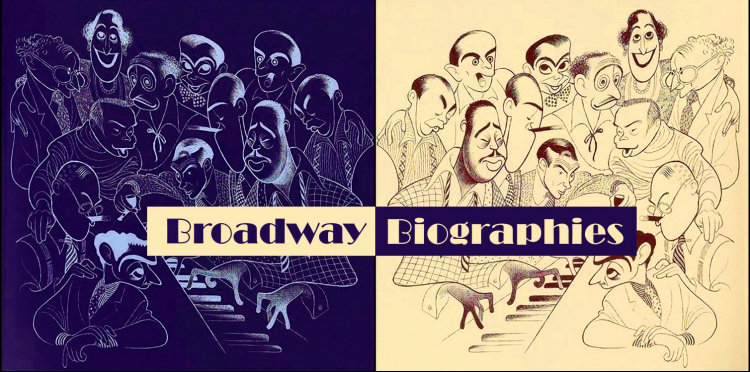GO TO: [A–C] [D–F] [G–K] [L–N] [O–R] [S–U] [V–Z]
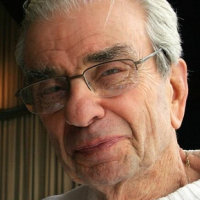
After receiving a musical education from his father, who at one time also taught Aaron Copland, Richard Adler entered into a creative partnership with Jerry Ross, woking togeher under the mentorship of Frank Loesser. They collaborated on the music and lyrics (both did both) for The Pajama Game (1954) and Damn Yankees (1955). After Ross died prematurely in 1955, Adler continued to write but never again achieved such fame. 8.
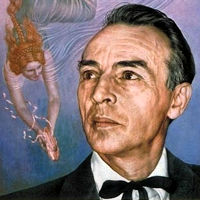
After work with Diaghilev's Ballets Russes, including the pioneering neo-classical Apollon musagète (1928, with Stravinsky) and The Prodigal Son (1929, with Prokofiev), he moved to America, where he eventually co-founded the New York City Ballet, remaining its artistic director for 35 years. One of the most influential choreographers of the century, he is especially noted for his abstract works with minimal decor but the greatest musicality. 6.
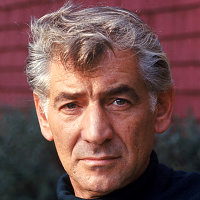
Winning fame relatively young as conductor of the New York Philharmonic, Bernstein also reached wide audiences with his music lectures on television. His work as a composer ranges from Broadway musicals such as West Side Story (1957) through symphonies, operas, and his multi-media Mass (1971). 6, 9.
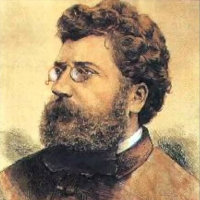
Bizet's fame rests largely on his final opera, Carmen (1875), although it was not a success at its first performance. Its immense poshumous success has led to reconsideration of many of the composer's earlier works, such as his youthful Symphony in C (1855) and opera The Pearl Fishers (1863). 5, 8.
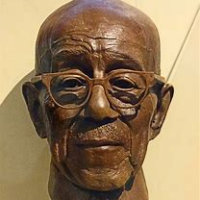
Blake was born in Baltimore to former slaves; his father was a stevedore. He started "foolin' around" on a music-store organ at age 5, and the owner persuaded his mother to buy him an instrument; he was playing in a Baltimore bordello in his teens. As well as the composer of several standards, he is best known as the creator (with Noble Sissle) of the first Black musical Shuffle Along (1921). 3.
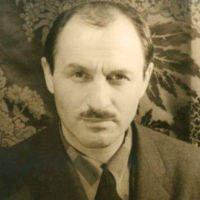
Although he studied with Schoenberg, Blitzstein's mature work is diatonic with injections of popular music and jazz, placing him somewhere between Kurt Weill and Leonard Bernstein. His opera The Cradle Will Rock (1937) is testament to his Socialist leanings; his Regina (1947), based on The Little Foxes by Lillian Hellman, is still occasionally produced. 4.
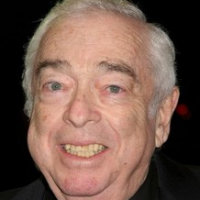
Bock began writing musicals while a student at the University of Wisconsin. His partnership with lyricist Sheldon Harnick produced the successes Fiorello! (1959) and Fiddler on the Roof (1964), among several others. 11.
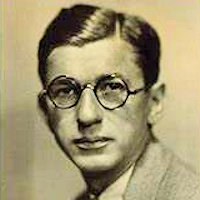
Born Isidor Keiser in NYC, Caesar collaborated with a wide variety of composers and songwriters, including Rudolf Friml, George Gershwin, Sigmund Romberg, and Victor Herbert. His "Tea for Two" in Vincent Youmans' No, No, Nannette became an American Songbook standard. His older brother Arthur was a Hollywood scriptwriter. 2.
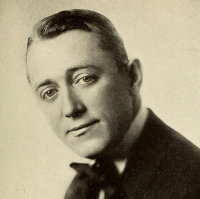
Although his stage film and career lasted until his death, Cohan established himself before WW1 as "the Man Who Owned Broadway." Starting as a child performing with his parents and sister, he wrote hundreds of Tin Pan Alley songs and several musicals, starting with :Little Johnny Jones in 1904. He was also active as an impresario, producing the work of others. He is played by James Cagney in the 1942 biopic Yankee Doodle Dandy. 2.
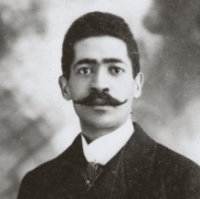
Cook's father was Dean of the Law School at Howard University. The son attended Oberlin College, then devoted himself to music, studying with Dvorak in New York and Joachim in Berlin. He was the composer of the first all-Black musicals on Broadway: Clorindy in 1898 and In Dahomey (1903), both with the poet Paul Laurence Dunbar. 2, 3.
GO TO: [A–C] [D–F] [G–K] [L–N] [O–R] [S–U] [V–Z]
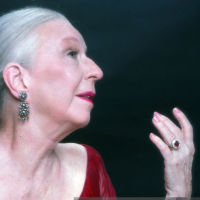
Agnes was born to a theatrical family in NYC, the niece of Hollywood director Cecil B. De Millle. While studying dance in LA as a part-time avocation, she got early experience in her uncle's films. Only after graduating from UCLA in English, did she turn to dance professionally, joining the Ballet Theater as a dancer and choreographer (including Aaron Copland's Rodeo) before moving onto Broadway with Oklahoma! (1943), Carousel (1945), Brigadoon (1947), and others. 6.
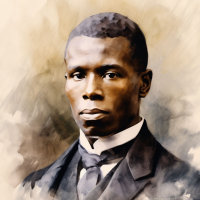
Born to formerly-enslaved parents in Dayton, Ohio, Dunbar already showed signs of literary talent in school, where he was a friend of Wilbur and Orville Wright. Although they helped him, his success was cemented through the advocacy of critic William Dean Howells, who appreciated his conventional poems but especially admired those he wrote in Black vernacular dialect. He died of tuberculosis at 33. 3.
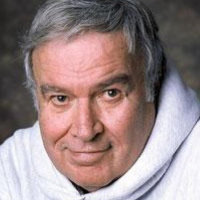
After graduating from New York University and Columbia, Ebb began writing song lyrics for a number of artists, but his greatest success came in partnership with John Kander, producing Cabaret in 1964 and Chicago which did not do so well in its 1975 premiere but was phenomenally successful in its 1996 revival. 11.
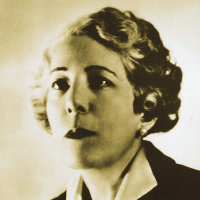
Ferber was born in Kalamazoo to Hungarian Jewish parents. After a short career as a reporter, she began writing fiction, including the Pulitzer-winning So Big (1924), Show Boat (1926), which would become the basis of the Broadway musical, and Giant (1952), made into a movie with Elizabeth Taylor and James Dean. 3.
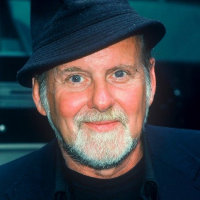
Bob (Robert Louis) Fosse was a pioneering choreographer and later director, noted especially for jazz dance. His choreographic work was first seen on screen in a duet he danced with Carol Haney in Kiss Me, Kate in 1953. He went on to choreograph numerous Broadway shows from The Pajama Game (1954) to Chicago (1975) and direct movies including Sweet Charity (1969) and Cabaret (1972). 7, 8, 11.
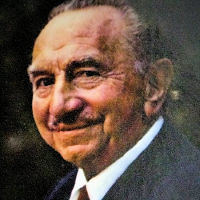
A student of Anton Dvorak in his native Czechoslovakia, Friml came to the US in 1906, after several earlier visits, finding success as a répetiteur at the Metropolitan Opera and performing pianist. But he became best known as the composer of operettas, the best known being Rose Marie (1924) and The Vagabond King (1925), both of which were soon made into films. 2.
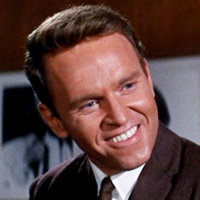
Furth (born George Schweinfurth) collaborated with Sondheim on Company (1970) and the less-successful Merrily We Roll Anong (1981). As an film and television actor, he appeared in Butch Cassidy and the Sundance Kid, Blazing Saddles, and many others. 12.
GO TO: [A–C] [D–F] [G–K] [L–N] [O–R] [S–U] [V–Z]
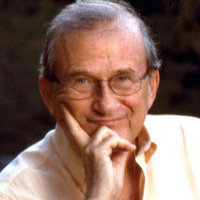
Gelbart is most famous as a creator and producer of the television series M*A*S*H and as co-writer of the Broadway musicals A Funny Thing Happened on the Way to the Forum (Sondheim, 1962) and City of Angels (Cy Coleman, 1989). 12.
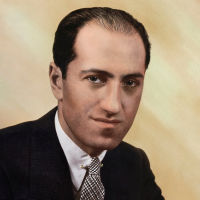
Born Jacob Gershwine in New York to Jewish emigrants from Eastern Europe, he studied piano and composition, but soon found his vocation as a songwriter, mostly with his elder brother Ira (born 1896). Most of his songs have become crossover standards, as have his orchestral works Rhapsody in Blue (1924) and An American in Paris (1928). Most of his stage works are primarily containers for his songs, but his 1935 opera Porgy and Bess is an exception, a closely-developed study of African-American life. 2, 5, 4.
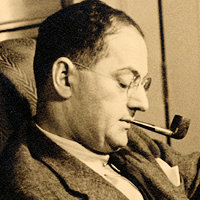
Ira (Israel) Gershwin is remembered as the lyricist of most of the shows and independent songs of his younger brother George, but he also wrote for Jerome Kern, Kurt Weill, and several other composers. His numbers like as "I Got Rhythm", "Embraceable You", and "Someone to Watch Over Me" have become standards, and he also contributed some of the wittiest lyrics to his bother's opera Porgy and Bess. 2, 5, 4.

The author of many straight plays as well, Gilbert gained lasting fame as the librettist and theatrical genius behind the 14 operettas ("Savoy Operas") written with Arthur Sullivan between 1871 and 1896. These became almost as popular in America as the were in Britain. 1.
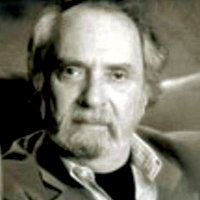
Before writing the book for Stephen Sondheim's Follies (1971), Goldman has great success with his play The Lion in Winter (1966), winning an Oscar for its 1968 film adaptation. 12.
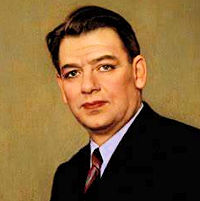
Oscar Hammerstein's father, a German immigrant, was manager of the Metropolitan Opera and active also on Broadway. His son quickly established a career as lyricist, working with Rudolf Friml, Sigmund Romberg, Jerome Kern (Show Boat, 1926), and a very long partnership with Richard Rodgers from Oklahoma! (1943) to The Sound of Music (1959). 3, 5, 6, 11.
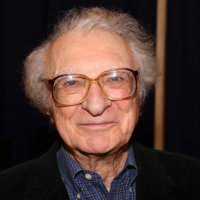
Although Harnick earned a degree in music from Northwestern, his greatest contribution was as a lyricist, especially in partnership with Jerry Bock, producing the successes Fiorello! (1959) and Fiddler on the Roof (1964), and several others. 11.
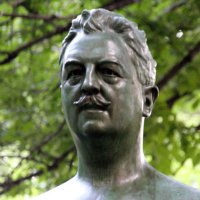
Born in the Channel Islands (though his mother told him Dublin), he went with her to Stuttgart, where he received training in cello and composition, leading to a career as an orchestral player and soloist, often in his own compositions. He came to the US in 1886 as principal cellist at the Met, and became conductor of the Pittsburgh Symphony in 194. His career trajectory changed completely in 1903, however, with the success of Babes in Toyland, the first of his many operettas. 2.
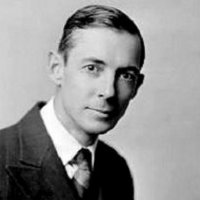
Heyward is best known for his 1925 novel Porgy, set among the African American community in his home town of Charleston. He worked with his sister Dorothy to adapt the book as a successful Broadway play, and then with composer George Gershwin to turn it into the opera Porgy and Bess (1935). He also wrote most of the lyrics for the opera, although the credit tends to go, mostly inappropriately, to Ira Gershwin. 5.
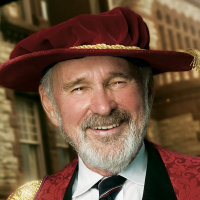
Born in Toronto, Jewison worked in Canadian television before moving to the US in the later 1950s. His films include The Thomas Crown Affair (1968), Fiddler on the Roof (1971), Jesus Christ Superstar (1973), and Agnes of God (1985). Despite his last name and fame for Fiddler, he was not Jewish. 11.
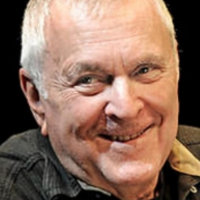
Born in Kansas City, Kander studied music at Oberlin and Columbia, then worked in summer stock. While serving as rehearsal pianisy on West Side Story, he met Jerome Robbins who encouraged his Broadway careers, which produced such successes as Cabaret (1964) and Chicago (1975), both in partnership with Fred Ebb. 11.
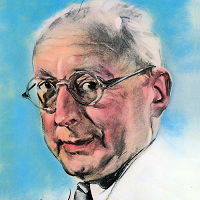
The son of German and Bohemian immigrants in New York, Kern became one of the most famous songwriters of his age. He also wrote several Broadway musicals, of which the most famous is Show Boat (1926), which occupied new territory by making the music support a story dealing with real issues, as opposed to being a fantasy concocted simply to contain the music. 3.
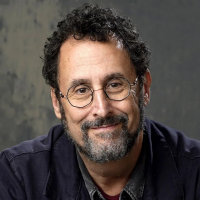
The son of professional musicians in New York City, Kushner won both the Pulitzer and a Tony for his two-play sequence Angels in America (1993). While continuing to write plays, he has branched into other projects, such as the book and lyrics for Jeanine Tesori's 2003 musical Caroline, or Change and a series of screenplays for Steven Spielberg, including Munich (2005), Lincoln (2012), and West Side Story (2021). 9.
GO TO: [A–C] [D–F] [G–K] [L–N] [O–R] [S–U] [V–Z]
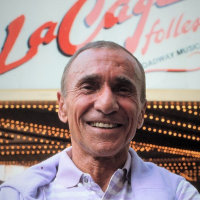
Laurents, who was born Arthur Levene in NYC, began a varied career in radio, film, and theater after graduating from Cornell. For example, he was the screenwriter for Alfred Hitchcock's Rope (1948), book-writer for West Side Story (1957) and Gypsy (1959), and director of La Cage aux Folles (1983). He won two Tony Awards, a Golden Globe, and several Oscar nominations. 9, 10, 12.
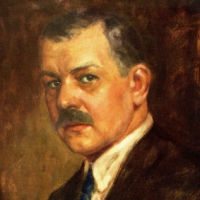
The son of an Austrian army bandmaster, and at first speaking only Hungarian, Lehár studied violin at conservatory, but was self-taught as a composer. Beginning in 1896, he became known for his operettas, of which the most famous is The Merry Widow (1905), a worldwide hit. Later in his career he formed a close professional association with tenor Richard Tauber. 1.
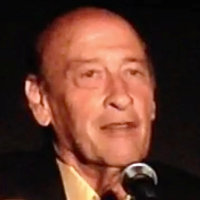
Although born and educated in the US, Lester spent most of his career in the UK, directing such madcap movies as the Beatles' A Hard Day's Night (1964) and Help! (1965). He returned stateside for the 1966 film of A Funny Thing Happened on the Way to the Forum. 12.
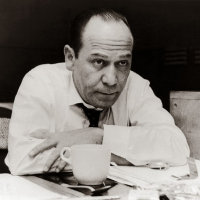
Loesser wrote over 700 songs in his 40-year career, together with the musicals Guys and Dolls, How to Succeed in Business Without Really Trying, The Most Happy Fella, and the film Hans Christian Anderson. 8.
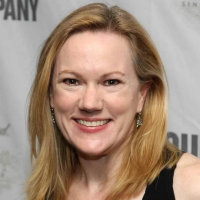
A Wisconsin-born alumna of Smith College, Marshall began her Broadway career as assistant to her brother Rob, working with him on half-a-dozen musicals before she struck out on her own. Working both as director and choreographer, she has won awards for both the 2006 revival of The Pajama Game and the 2011 production of Anything Goes, which later had similar success in London. 4, 8.
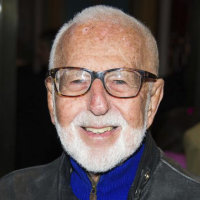
Masteroff, the son of Jewish immigrant parents, graduated from Temple University before serving in the US Army in WW2. Among his many plays and adaptations, he is best known for the book of Cabaret (1966), which became the musical by Kander and Ebb. 11.

Sir Sam Mendes sprung into prominence in the late 1980s, with productions at the Chichester Festival and the West End. In 1990, he was appointed Artistic Director of the Donmar Warehouse, and oversaw its transformation into the most innovative theatre on the London scene; his celebrated 1993 production of Cabaret was created there. In Hollywood, he won the Best Director Oscar for American Beauty (1999). He also directed the James Bond films Skyfall and Spectre. 11.

Merrick, who was born David Lee Margulois in St. Louis, abandoned his career in law to become a theatre producer, and became one of the most successful in the business, often competing against himself at the Tony Awards. He was equally active in presenting stage plays (Look Back in Anger, Marat/Sade, Rosenkrantz/Guildenstern) and musicals (Gypsy, Oliver!, Hello Dolly). He was married 6 times to 5 different women. 10.
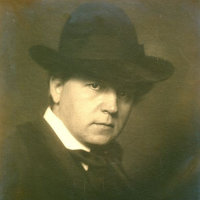
Born in Budapest (as Ferenc Neumann), the son of a prosperous doctor, he started writing in high school, but entered the legal profession. He abandoned law in 1896 to pursue a literary career. Although writing in most media, he became best known as a playwright. His Liliom (1909) was a great success in New York and became the basis of several films and Rodgers and Hammerstein's Carousel (1945). He fled to America in 1940 to escape the Holocaust. 6.
GO TO: [A–C] [D–F] [G–K] [L–N] [O–R] [S–U] [V–Z]
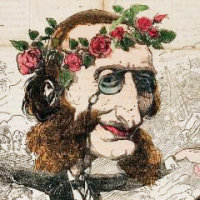
The son of a cantor, Offenbach took the name of the German town in which he was born. After studying at the Paris Conservatoire, he began to write operettas, composing over 90 in the course of a long and wildly successful career. He is also known for his unfinished grand opera The Tales of Hoffmann. 1.
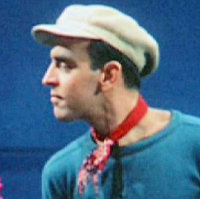
Born Hermes Joseph Panagiotopoulos, the son of a Greek immigrant, Pan moved from Memphis to NYC with his family. After working as a dancer on Broadway, he moved to Hollywood in 1930. Asked to help Fred Astaire with a few tips from his street days, he formed a creative partnership which lasted the rest of Astaire's career, In all, Pan choreographed 89 films, including Kiss Me, Kate in 1953. 7.
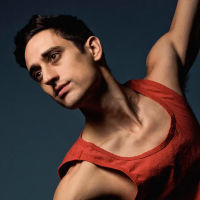
Although he only started studying ballet in his teens, Peck was accepted by the NY City Ballet at 18 and was quickly promoted up the ranks to soloist. He made his first ballet for the company in 2012 and was appointed Resident Choreographer two years later. More recently, he has enjoyed a parallel career choreographing musicals, such as the Broadway revival of Carousel in 2018 and Steven Spielberg's film of West Side Story in 2021. 9.
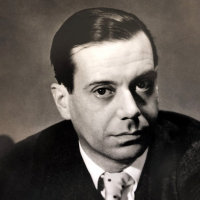
Unlike many Broadway composers, Porter wrote not only the music but the lyrics for his songs, and these are notable for their wit, clever rhyming, and encyclopedic range of reference. In addition to numerous standalone songs that became standards, he also wrote musicals such as Ahything Goes (1934), Kiss Me, Kate (1948), and Can-Can (1953). 4, 7.
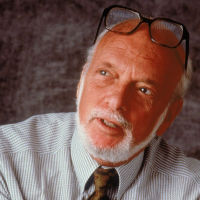
After service in the US Army, he worked with George Abbott, eventually co-producing The Pajama Game. As producer or director, he has been associated with many of the shows in this course, including West Side Story, Fiddler on the Roof, and Cabaret. He also directed many of the earlier works by Sondheim, including …Forum, Company, Follies, and A Little Night Music,and several of the blockbusters of Andrew Lloyd Webber, such as Evita and Phantom of the Opera. 11, 12.
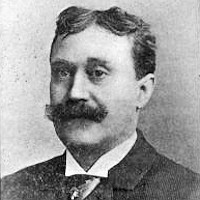
Rice's musical training enabled him to play fluently by ear, but he never learned to read music. When his father offered to send him to Germany to rectify this, his was dissuaded by an organist friend, saying that the public needs more songs, not sonatas. And songs he gave them, whether in his own musicals like Evangeline (1874) or the numerous works he produced by others, including the first all-Black shows on Broadway. 2.
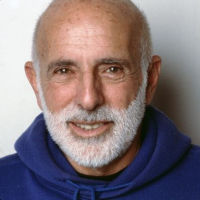
Beginning his career as a dancer and later choreographer with the American Ballet Theatre, Robbins later joined forces with Balanchine in the New York City Ballet. While he created numerous ballets in the classical tradition, his career on Broadway and in film is at least as important, including his work on West Side Story in both media. 6, 9, 10, 11.
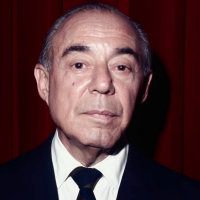
The composer of 43 Broadway shows, Rodgers virtually defined the American musical in the middle decades of the 20th century. His collaboration with Lorenz Hart produced witty works such as On Your oes (1936) and Pal Joey (1940), but his collaborations with Oscar Hammerstein II, beginning with Oklahoma! in 1943, brought a new kind of drama, developing a single narrative line and focusing more on character. 6, 11.
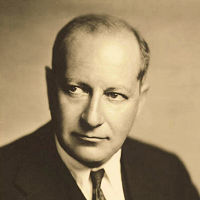
Born Siegmund Rosenberg in Hungary, he showed precocious talent as a musician. He came to America in his late teens, and soon began working for a music publisher, adapting European musicals for US performance. His own most successful shows, The Student Prince (1924) and The Desert Song (1926), were in a similar style, but he could also write music that was entirely American in spirit. 2.
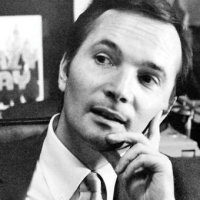
Born Jerold Rosenberg, Ross was a singer with the Yiddish theater in his youth. In 1950, he met Richard Adler and toger\ther, under the mentorship of Frank Loesser, they wrote both words and music for The Pajama Game (1954) and Damn Yankees (1955). Ross died in 1955 of lung disease at the age of 29, bringing to an end one of the most promising partnerships on Broadway. 8.
GO TO: [A–C] [D–F] [G–K] [L–N] [O–R] [S–U] [V–Z]
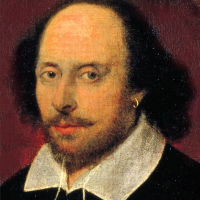
With almost 40 plays, 154 sonnets, and many longer poems, Shakespeare dominates English literature of his time, and world literature for ever after. To attempt a thumbnail biography would be both unnecessary and impossible. 9.
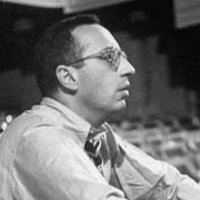
Shevelove was co-writer of A Funny Thing Happened on the Way to the Forum (1962). He also won a Tony for his direction of the 1971 revival of No, No, Nannette, 12.
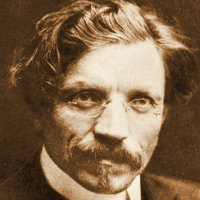
Born Solomon Naumovich Rabinovich in SW Russia (Ukraine), he worked as a teacher before making his living as a writer under the pseudonym Sholem Aleichem; he is credited with establishing the viability of Yiddish as a literary language. He fled Russia in 1906, coming first to NYC, then Geneva, then back to New York. In the West, he is best known for the stories that became the basis of Fiddler on the Roof. 11.

Born in Indianapolis, Sissle served in WW1 as a member of the US Army Band credited with introducing syncopated music in to Europe. Around the same time, he met Eubie Blake. The two went into partnership after the war, creating songs such as "I'm just wind about Harry" and the first all-Black musical, Shuffle Along (1921). 3.
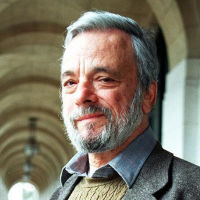
A protégé of Oscar Hammerstein's, Sondheim made his Boadway debut in 1957 as lyricist for West Side Story and Gypsy, but he soon began his own string of musicals, writing the music as well as the words, including A Funny Thing Happened on the Way to the Forum (1962), A Little Night Music (1973), and Sweeney Todd (1979). Often dealing with non-traditional subjects, these and others largely redefined the Broadway in the later 20th century. 9, 10, 12.
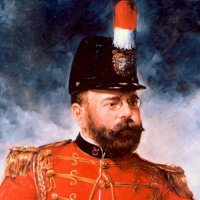
Although he started his professional career as a violinist, Sousa is best known composing music for military band. Most of his later life was spent as a canductor and bandmaster, originally with the US Marine Band. He also wrote a number of operettas, one of which, El Capitan, is occasionally revived. 2.
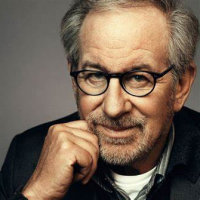
Born in Cinncinati, raised in Phoenix, attending film school in California, Spielberg is the winner of 3 Oscars, 4 Golden Globes, and the Presidential Medal of Freedom. His filmography virtually defines Hollywood for the past half-century, especially its more serious side; the following are merely samples: Jaws (1975), the Indiana Jones trilogy (1981–9), ET (1982), Schindler's List (1993), Saving Private Ryan (1998), Munich (2005), Lincoln (2012), and West Side Story (2021), 9.
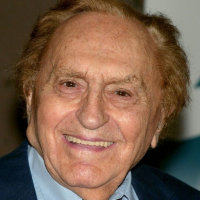
Born in NY of Polish immigrant parents, Stein worked as a psychiatric social worker while writing comedy on the side. Working on the radio series Your Show of Shows alongside Sid Caesar, Woody Allen, Mel Brooks, and others gained him access to Broadway, where his best-known hit was Fiddler on the Roof (1964), his adaptation of stories by Sholem Aleichem. 11.
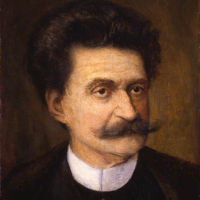
His musician father did not want his son to follow in his foosteps, so he worked as a bank clerk while studying privately. His first professional appearances were as a conductor of his father's waltzes, to which he added his own and eventually became hailed as the Waltz King of Vienna. His Die Fledermaus (1874) virtually defines the genre of Viennese operetta. 1.

Born in London to Ukrainian emigrant parents, Styne moved with them to Chicago when he was 8 and immediately started taking piano lessons. He proved to be a prodigy and was appearing with major symphony orchestra by the time he was 10. In his later career, he was a band performer, Hollywood vocal coach, and composer of over 1,500 songs and musicals such as Gypsy (1959) and Funny Girl (1964). His first name is pronounce in two syllables. 10.

Sullivan essentially had two careers: as a classical composer of orchestra music and oratorios on suitably uplifting subjects, and as the musical partner to W. S. Gilbert on the highly successful series of Savoy Operas from HMS Pinafore (1878) to The Gondoliers (1889) and beyond. History only remembers him in the latter role. 1.
GO TO: [A–C] [D–F] [G–K] [L–N] [O–R] [S–U] [V–Z]
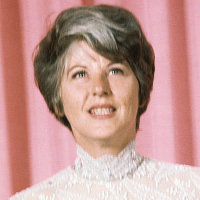
White was 12 before she began taking dance lessons in her native Nova Scotia, but dance would take her all the way across the continent to the San Francisco Ballet. By 1947, she was dancing on Broadway, and by 1957 was choreographing shows such as The Music Man, Irma la Douce, and Mame. She won an Oscar for her choreography of Oliver! in 1968. 8.
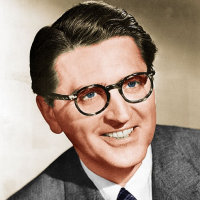
Willson, who attended the predecessor of the Juilliard School, was an accomplished classical flutist who played with the NY Philharmonic under Toscanini. As a composer, he made his name with film scores, including Charlie Chaplin's The Great Dictator. His 1951 song, "It's beginning to look at lot like Christmas," has become a holiday classic. But he is best known for writing the book, lyrics, and music for The Music Man (1957), which he called his Valentine to his home state of Iowa. 8.
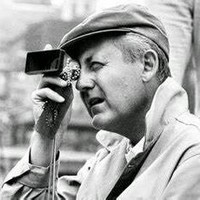
Born in Indiana, Wise came to Hollywood in 1933, and got his first Oscar nomination as editor of Citizen Kane in 1941. Turning to directing in the mid-1940s, he won Oscars for West Side Story and The Sound of Music in 1961 and 1965 respectively, although he also worked in most other genres. 9.
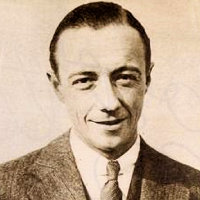
Youmans published only around 100 songs in his lifetime, but 18 of these are recognized by ASCAP as standards. He collaborated with lyricists such as Ira Gershwin, Oscar Hammerstein, and Irving Caesar, with whom he wrote No, No, Nannette in 1925, his best-remembered show. 2.
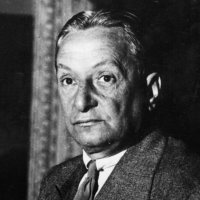
After working for his father, who ran a night club in Chicago, the younger Ziegfeld made his way to New York in 1898, where he produced numerous shows, including Show Boat towards the end of his career in 1927. He is most famous for The Ziegfeld Follies, annual extravaganzas that ran from 1907 to 1931, and whose purpose in Ziegfeld's words was to "glorify the American Girl." 4.
